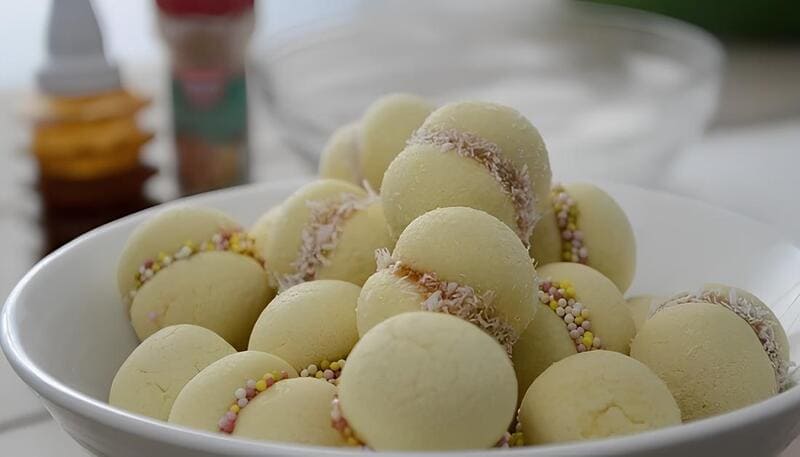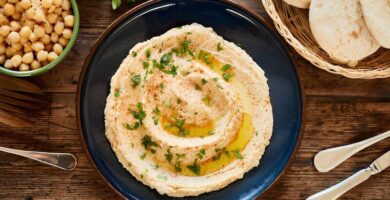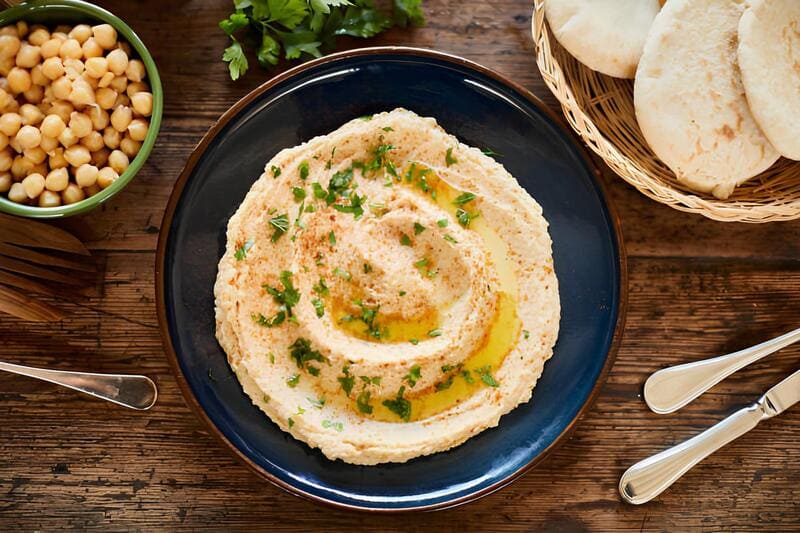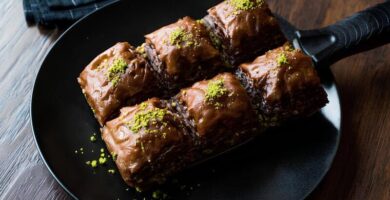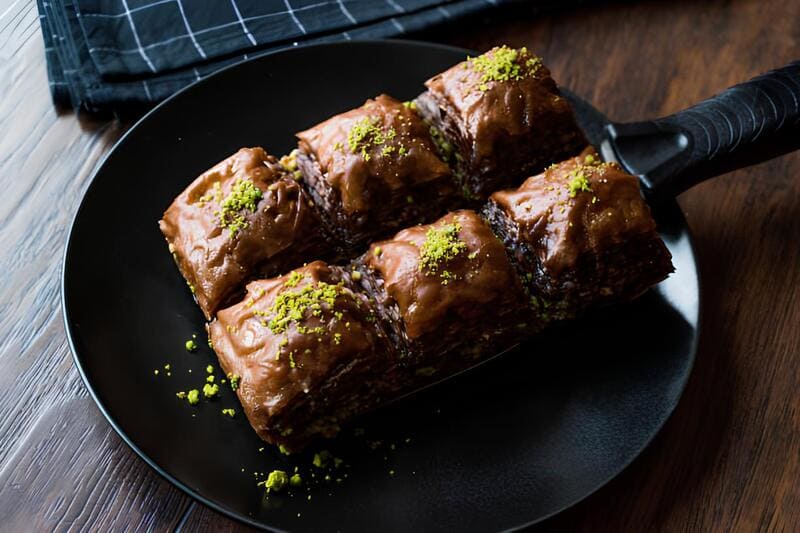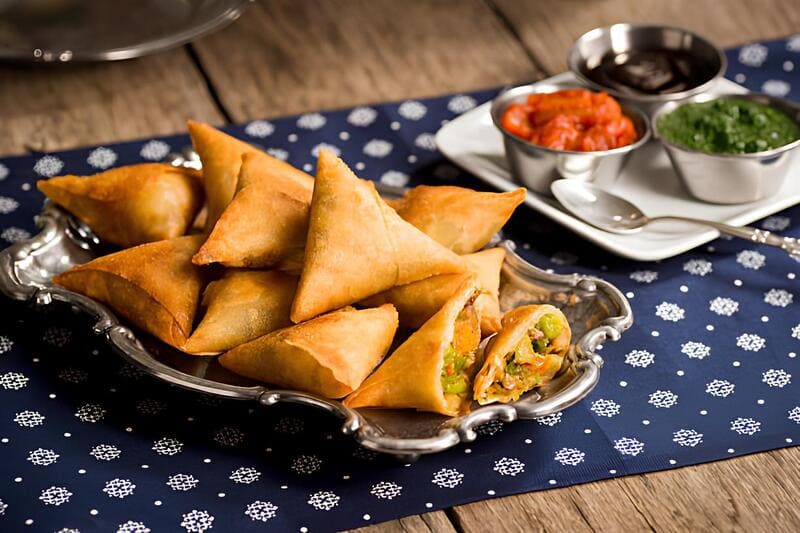
Sambusas, popular in Middle Eastern and African cuisine, particularly during Ramadan, are known for their crispy exterior and diverse fillings. This recipe explores the vegetarian aspect of this versatile snack, charming in simplicity yet rich in flavor. The dough’s tenderness and the savory fillings make it a much-loved appetizer, perfect for any gathering or a quick family treat.
Traditionally enjoyed in Egypt and many other Arabic cultures, sambusas (or sambousek) often grace festive tables. Variations include fillings like meat, cheese, chicken, and vegetables. Their golden, crunchy exterior conceals moist, seasoned fillings, making them delightful for kids and adults alike. Here, we delve into a vegetarian version that’s sure to impress.
Ingredients
- 4 cups all-purpose flour
- 2 tablespoons cornstarch
- 1 teaspoon salt
- ½ cup vegetable oil
- 1 ¼ cups warm water
- Oil for frying
Vegetarian Filling:
- 2 tablespoons vegetable oil
- 1 medium onion, finely chopped
- 1 cup finely chopped carrots
- 1 cup finely chopped bell peppers
- 1 cup cooked peas
- Salt and pepper, to taste
- 1 teaspoon ground cumin
- ½ teaspoon ground coriander
- 2 tablespoons finely chopped parsley
Preparation
- In a large bowl, combine flour, cornstarch, and salt. Gradually add vegetable oil and mix until the dough is crumbly.
- Slowly add warm water, mixing and kneading until a smooth, pliable dough forms. Cover and rest for 30 minutes.
- Heat 2 tablespoons of oil in a pan over medium heat. Add chopped onions and sauté until golden.
- Add carrots, bell peppers, and cooked peas. Season with salt, pepper, cumin, and coriander, cooking until vegetables are tender.
- Stir in chopped parsley, remove from heat, and let the filling cool.
- Divide rested dough into small balls. Roll each ball into a thin circle on a lightly floured surface.
- Place a spoonful of filling in the center of each circle, fold over to create a half-moon shape, and press edges to seal. You can use water to help seal the edges.
- Heat oil in a deep frying pan over medium heat. Fry sambusas in batches until golden brown and crisp on both sides. Drain on paper towels.
- Serve hot with your favorite dipping sauce.
Did you know?
Sambusas, known as sambousek in many Arabic-speaking countries, are not just delicious snacks but also bear cultural significance. They are staples during Ramadan, as they provide much-needed energy after a day of fasting. The various fillings symbolize the diversity and adaptability of this dish, accommodating local ingredients and preferences.
In Egypt, sambusas are often prepared with simple fillings like cheese or vegetables due to their economical and nutritious nature. This makes them a practical choice for bulk preparation, especially for large family gatherings.
Interestingly, the methods of shaping and sealing the sambusas can vary across regions, with techniques handed down through generations. Careful attention to the dough’s thickness ensures a flaky, crunchy texture without becoming too greasy, preserving the snack’s light and crispy character.
By exploring different fillings and preparation methods, you can bring a touch of Egyptian and broader Middle Eastern culinary tradition into your home.


